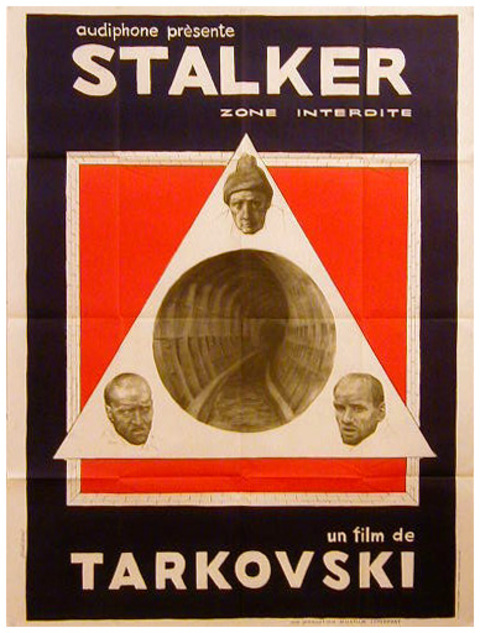?si=yCx1pqpcATHND90L
Once upon a time, the most convenient means of discovering movies was cable television. This held especially true for those of us who happened to be adolescents on a break from school, ready and willing morning, midday, or night to sit through the commercial-laden likes of Corvette Summer, Transylvania 6–5000, BMX Bandits, or Freejack. Click on any of those links, and you can watch the relevant picture free on Youtube; click on the link to this playlist, and you’ll find 3,000 of the best films now available on that platform (the exact number may vary depending on your region of the world), as curated by Learnoutloud.com.
?si=rXFzge1fowoHfHxR
Not all these movies belong in the cheap-thrills bin. You’ll also find the work of celebrated auteurs like Alfred Hitchcock (The Man Who Knew Too Much, The 39 Steps), Stanley Kubrick (Fear and Desire, Barry Lyndon), Akira Kurosawa (Dersu Uzala, Dreams), and Woody Allen (Mighty Aphrodite, Cassandra’s Dream).
Then here are the documentaries, gathered here on their own playlist, including Errol Morris’ Gates of Heaven and The Thin Blue Line and Werner Herzog’s The Great Ecstasy of Woodcarver Steiner and Lessons of Darkness. You can even find related pictures across genres: consider following Lost in La Mancha, which documents Terry Gilliam’s thwarted efforts to make The Man Who Killed Don Quixote, with The Man Who Killed Don Quixote.
?si=iEzCzwxZXCYcw8Up
“Almost all of these movies are free with ads,” writes Learnoutloud.com’s David Bischke, though YouTube Premium subscribers will be able to watch ad-free. “Like any streaming service, the rights to these movies change frequently, especially on YouTube’s official Movies and TV channel. So if you see a movie you really want to watch, then check it out soon!” If you’ve been meaning to get into Raise the Red Lantern and To Live by director Zhang Yimou, to learn about artists and musicians like Jackson Pollock and Glenn Gould, or to behold a young Arnold Schwarzenegger’s early appearances in Pumping Iron and Hercules in New York, now’s the time. And with Vice Versa and Dream a Little Dream currently available, why not revisit the subgenre of the eighties body-switch comedy while you’re at it?
P.S. In case you’re wondering about the legality of the films, the Learnoutloud site notes: To make the playlist, “the movies had to be legally free on YouTube either from YouTube’s official Movies and TV channel, from a YouTube channel legally distributing the movie, or from a movie on YouTube that is in the public domain.” Just thought you might want to know…
Related content:
4,000+ Free Movies Online: Great Classics, Indies, Noir, Westerns, Documentaries & More
Watch More Than 400 Classic Korean Films Free Online Thanks to the Korean Film Archive
Download 6600 Free Films from The Prelinger Archives and Use Them However You Like
Based in Seoul, Colin Marshall writes and broadcasts on cities, language, and culture. His projects include the Substack newsletter Books on Cities, the book The Stateless City: a Walk through 21st-Century Los Angeles and the video series The City in Cinema. Follow him on Twitter at @colinmarshall or on Facebook.







